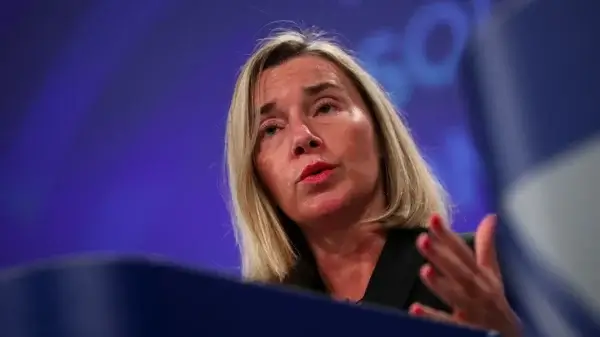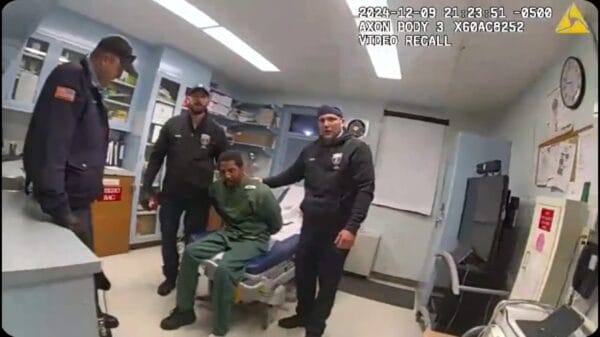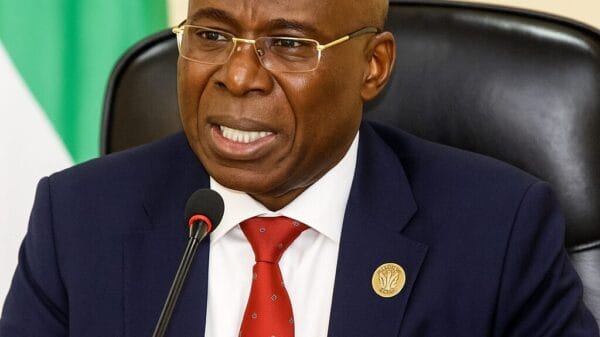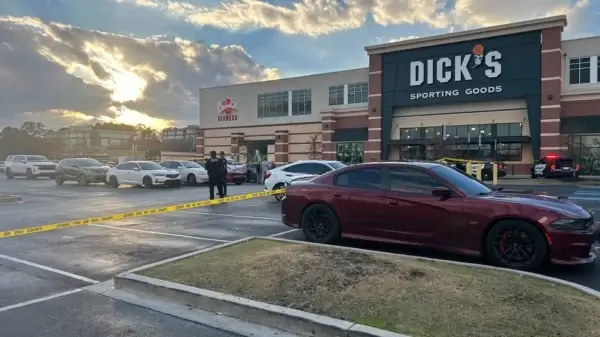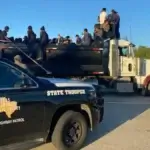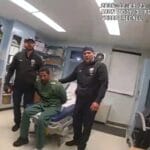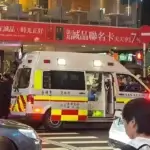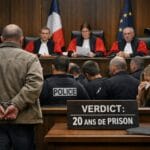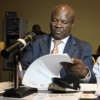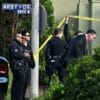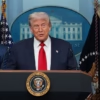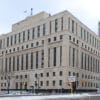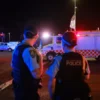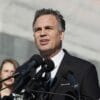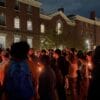The House Judiciary Committee convened a hearing on the crisis of violent crime in major U.S. cities, discussing law-enforcement policy, federal support, local prosecutor accountability and public-safety strategies.

Washington, D.C. — The House Judiciary Committee held a high-profile hearing titled “Restoring Law and Order in High-Crime U.S. Cities” to examine the rising tide of violent crime, explore the underlying causes and debate the role of federal, state and local authorities in restoring public safety.
Overview of the Hearing
Committee members described an alarming situation: major cities across the United States are witnessing spikes in violent crime, including homicides, shootings and property attacks. Witnesses and legislators cited factors such as understaffed police departments, “soft-on-crime” prosecutorial policies, lack of adequate federal support and drift in local governance as contributing to the surge.
The hearing placed particular emphasis on:
- The need for enhanced federal funding and coordination to support local law-enforcement agencies.
- Greater accountability for local and state prosecutors whose policies, some committee members argued, may undermine public safety.
- The importance of reversing trends of jail-release policies, bail reforms and diversion programs which the hearing suggested risk emboldening criminals.
- Strategies for cities to rebuild citizen trust in policing, improve response times, bolster manpower and deploy data-driven crime-fighting tactics.
- The role of community intervention programmes to address root causes, such as gang involvement, drug trafficking, youth violence and economic disenfranchisement.
Key Exchanges and Testimony
Several legislators opened remarks by stating that decades of “progressive” criminal-justice reform have inadvertently eroded the authority of law enforcement and contributed to the perception of impunity among offenders. They asserted that the federal government must reassert a supporting role in restoring the balance. Others, particularly from the opposing party, questioned whether the narrative of an urban “crime wave” is uniformly accurate and stressed the need for nuance, pointing out crime trends are uneven across jurisdictions.
Witnesses included law-enforcement officials from major metropolitan police departments, prosecutors and victims’-rights advocates who testified about frontline challenges: rising case backlogs, difficulty in detaining repeat offenders, staffing shortages and the need for upgraded surveillance and forensic capabilities.
Implications & Outlook
This hearing signals a renewed push in Congress to craft legislation that strengthens federal-local partnerships on public safety and crime prevention. Possible outcomes may include: increased grants for police hiring and training, stricter standards or oversight for prosecutors, federal task-force deployment in priority cities and expanded data-sharing mechanisms.
For cities, the key takeaway is a renewed expectation of accountability from local officials to show measurable reductions in violent crime and improved policing outcomes. For federal policymakers, the hearing reiterates that crime-control will remain a front-burner issue heading into the next budget cycle and legislative session.


